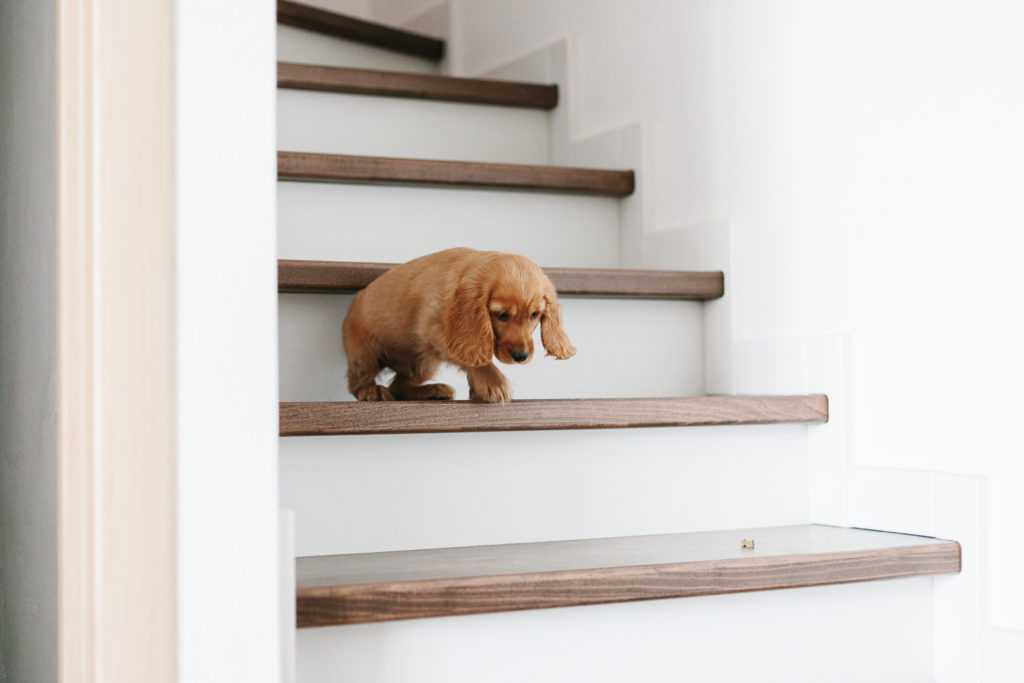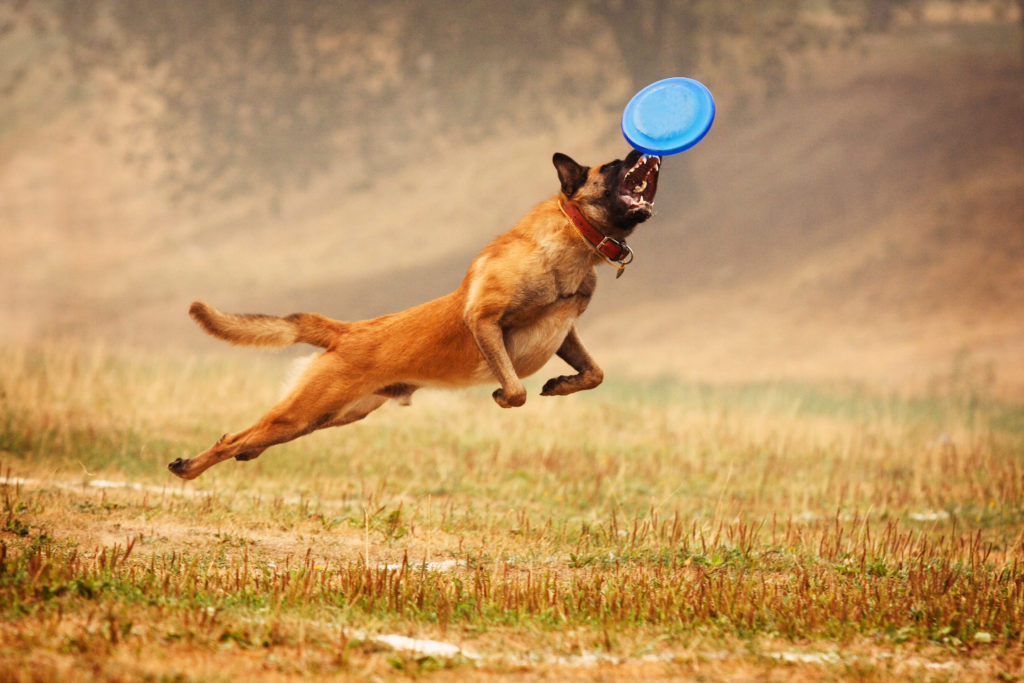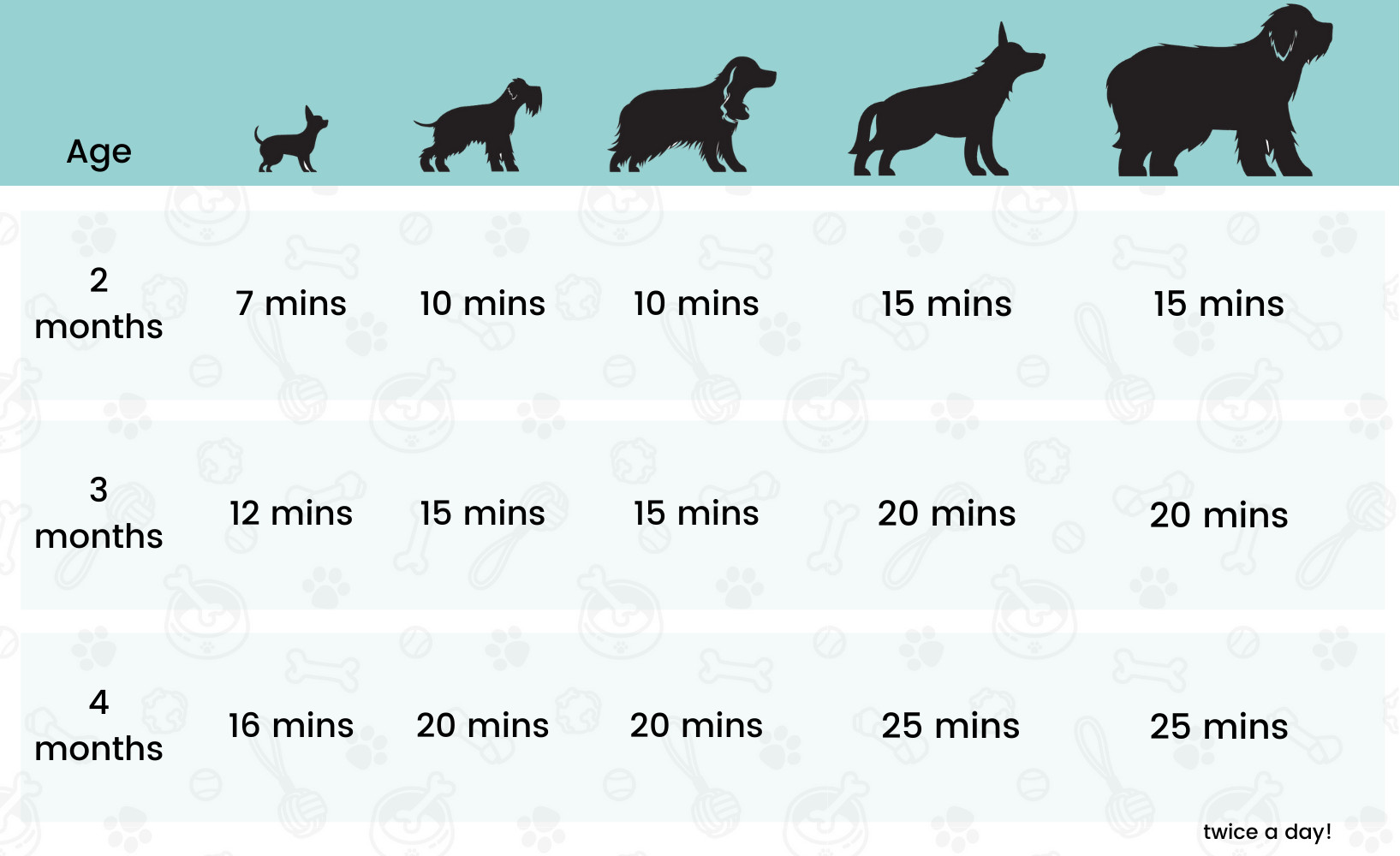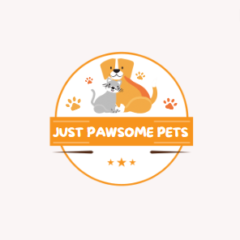Understanding Growth Plates In Dogs: Keeping Their Bones Healthy And Happy
By admin / May 24, 2022 / No Comments / Pet Dogs
When it comes to puppies, particularly big puppies you hear a lot about Growth plates – but what actually are they?
Bringing a new puppy into your life and watching them grow up is a blast! To them, it’s all about playtime and adventures as they learn the ways of the world. Sometimes they play too hard though, which can lead to pain and discomfort of their growing limbs as well as their super important growth plates.
Essentially, dogs are just like human teens and children, those sensitive growth plates are crucial for appropriate bone development! This is exactly why we need to talk about appropriate exercises for young dogs and maybe work on not letting them leap off of furniture like a professional base jumper.
What Are Growth Plates In Dogs?
Growth plates (also known as epiphyseal plates) are a soft cushion, made from cartilage, located near the ends of a long bone such as a front or rear limb.

These growth plates stay open until the animal is finished growing, which for the average sized dog that is around 8 months to 1 year of age. When the dog reaches physical maturity, the once soft cartilage gradually calcifies and hardens into a dense and healthy bone.
On the other hand, giant breed dogs (like Newfoundlands, St. Bernards, Irish wolfhounds & Great Danes) will often have growth plates that stay open for longer to allow for continued bone development. That’s right, these big ol’ puppies need almost 18 months for their bodies to finish progressing and their growth plates to close!
Can A Young Dog Injure Their Growth Plates?
Absolutely! Your young dog is certainly capable of making an oops and overexerting themselves to the point of injuring their leg, which can, unfortunately, have an effect on the growth plate.
No one likes to see their dog in pain. This is why it is so important to not allow them to exercise for too long or too strenuously as they can easily damage their growing bones.
If a dog were to, unfortunately, injure their growth plate, a serious issue can occur, such as bone deformity, a shortened limb, a higher occurrence of hip or elbow dysplasia and future arthritis.
This is where understanding the appropriate degree and length of time your young dog is exercising is so important to their overall health and development! After all, we wouldn’t want to push our dog too hard and end up with them at the vet the next day.
So how can we avoid injury?

How Much Exercise Is Too Much Or Too Little For A Young Dog?
Those somewhat squishy growth plates in each limb are pretty vulnerable and an injury to that area is a big deal. When a growth plate suffers some kind of trauma then the cells that normally would continue to grow and eventually harden will stop short, leaving the limb stunted or even improperly formed.
As you can imagine, the issues after that are substantial, leading to chronic discomfort and a forever poorly developed leg. We all know how much we love watching our dog run through the yard or trot proudly next to us on a walk, so let’s keep those legs in good shape!
The 5-Minute Rule
No, I’m not talking about the 5-second rule, but rather the 5-MINUTE rule, which is referring to the amount of exercise that a young dog should get in a day.
Don’t like math? No worries, it’s not too hard.
Essentially, this 5-min rule is establishing a specific length of time for exercise in a young dog, so that we can prevent the risk of injury to their fragile growth plates. This rule states that a puppy should only have 5 minutes of exercise for every month that they are old, up to twice a day.
I know, I know! It doesn’t seem like a lot of playtime, but the thing is, puppies require a lot less exercise per day than we think they do.
We just see them going non-stop sometimes and think, “Boy, they need to burn even more energy,” but the reality is, the more strenuous the exercise, the more risk there is to injuring their growth plates (along with making them overtired).
These are the numbers I tend to guide by, but please don’t panic too much about being super strict, these are (after all) a guideline.

Even if your puppy is wanting to keep going, try to encourage them to take a quick break! Just like excited and curious human kiddos, sometimes you have to make them settle down before they realize just how tired they are. Before you know it, they’re passed out in your lap!
The Giant Dog Breeds And Their Growing Bones
Even though they are the giants of the dog world, these big babies require a more gentle approach to exercise, especially when they are young and still growing. Because of their size and super long bones, they are at an even higher risk of injury to their growth plates, bones and joints than any other dogs.
When letting your giant pup outside for some play time, be sure to keep an eye on them. Taking sharp turns and very strenuous activity puts tons of pressure on those still vulnerable, long limbs.
An injury to a growth plate in a giant breed dog could be detrimental to their overall health and longevity. Not only will they have a limb that didn’t form properly, leading to an awkward gate and predisposition to pain and arthritis but they will require more assistance from you in the long run.

I don’t know about you, but hoisting a 150 lb dog off of the floor every day is not an easy task for most people!
- Keep play to a gentle nature until they have reached 18 months.
- Restrict a lot of activity and excessive exercise until full grown. Controlled walks and activity is best for these dogs.
- Avoid activities that require a high level of exertion such as ball chasing, rough play with other dogs and epic zoomies.
- Talk with your vet about starting them on a joint supplement before they have issues.
*Most giant breed puppy foods are formulated to have appropriate levels of glucosamine, chondroitin and calcium to help keep joints limber and bones strong.
What Do I Do If My Puppy Is Limping?
The first thing to do is, of course, call your vet! They will give you the proper guidance, which should include coming in for an exam and potentially x-rays to interpret your pet’s reason for limping.
There can be loads of reasons for a young dog to limp, and an injury to a growth plate is certainly one of them. However, let’s hope that’s not the issue!
Your young dog could be limping due to several things besides a damaged growth plate, such as:
- A simple sprain to a joint
- Panosteitis (growing pains common in large breed dogs like German Shepherds)
- Elbow or hip dysplasia
- A fracture or broken bone
I’m Trying To Rest My Puppy, But He Won’t Stop Being Hyper!
Ahh, forgive me for laughing, but it’s only because I know exactly what you’re going through. It’s the age-old issue with puppies – they just never stop! While this is pretty true of most young animals, it is possible to reign in those crazy tendencies and get them to settle down.
Finding ways to get your dog to relax a little can take some work, but trust me when I say that there are plenty of tools at your disposal! Here are a few suggestions for getting that excitable young pup to calm down for some couch time and hopefully a nap.
- Have a designated resting area such as a bed or a cozy kennel for your puppy to go to when it’s time to settle down. (Not to mention, every puppy should be kennel trained for their own safety!)
- Puzzles! There is a plethora online and at the pet store of fun feeder toys and puzzles for your pups’ maturing brain. These will keep them busy for quite a while without having to worry about them overexerting themselves. However, it is important to not overfeed your puppy as this can bring on a world of other issues!
- Have a controlled play session before trying to get them to settle. This may include playing together in the yard or going on a short walk through the neighborhood.
Protecting Your Puppy’s Growth Plates
A young dog can have a lot of energy, but overexerting can lead to damaging their fragile growth plates during the crucial time of skeletal development. This sounds scary, but it is an easily avoidable issue as long as you keep a close eye on your dog’s activity and supervise their playtime.
As always, reach out to your veterinarian if you think that your dog has any kind of injury, but especially to a limb. Their growing bones and soft growth plates are extremely important when it comes to your dog’s skeletal development, as any abnormality could lead to life-long pain and other complications.
Author, Ali Smith
Ali Smith is the Positive Puppy Expert, dog trainer and is the founder of Rebarkable. She is passionate about helping puppy parents get things right, right from the start. To help create a puppy capable of being a confident and adaptable family member and keep puppies out of shelters.
Ali has won multiple awards for her dog training, and has had her blog (this blog!) rated as 2021 & 2022 worlds’ best pet blog!
Link to originalRebarkable
